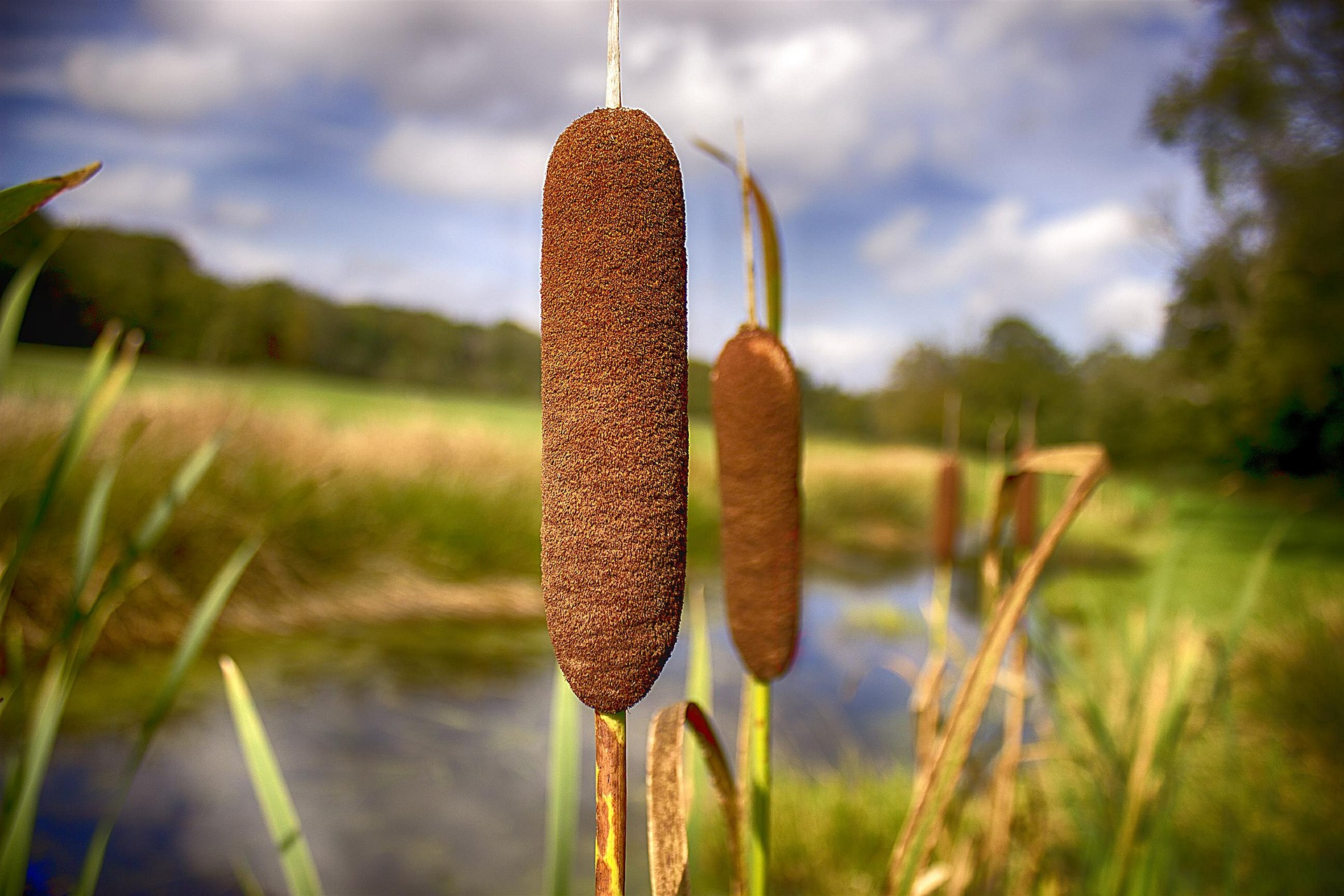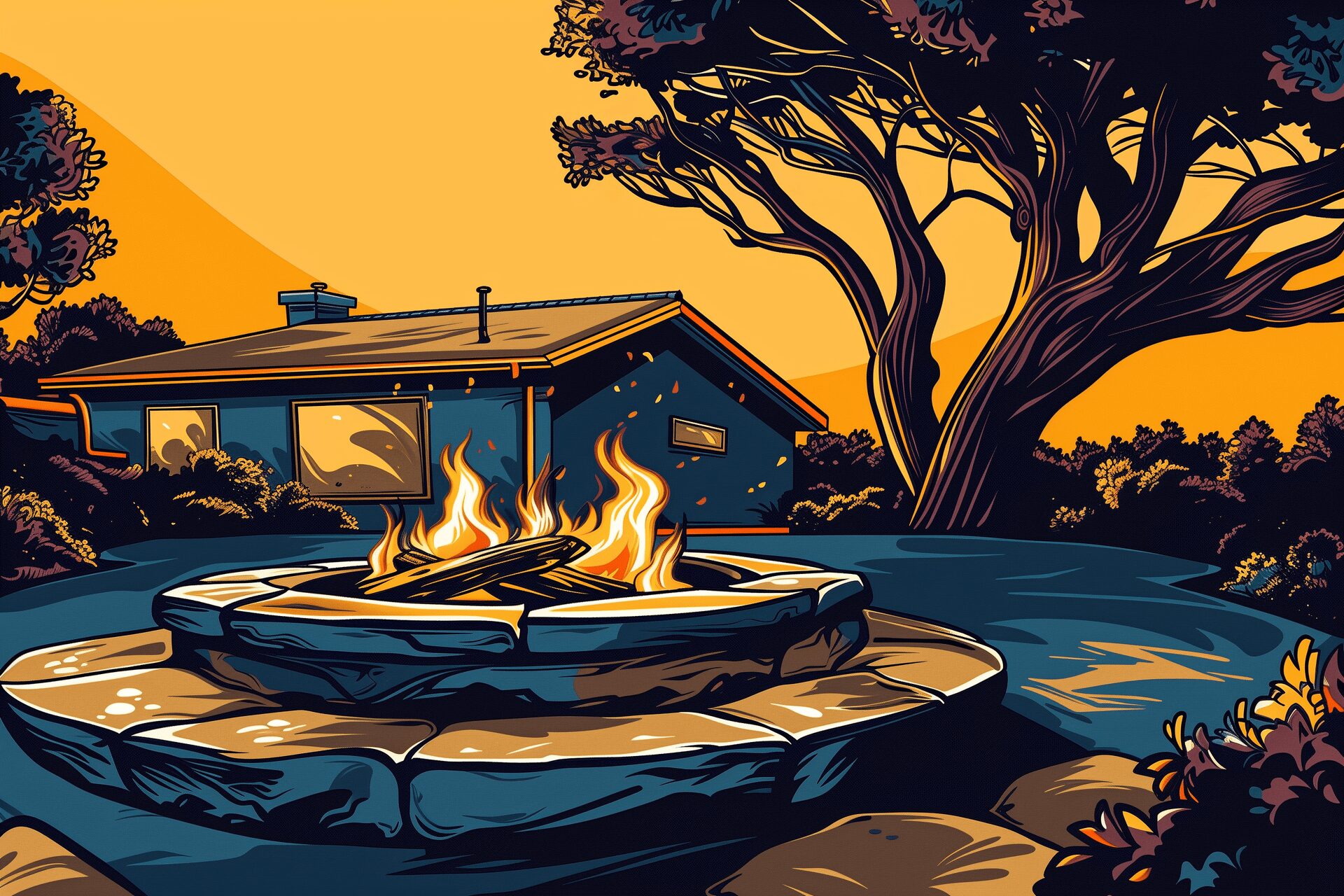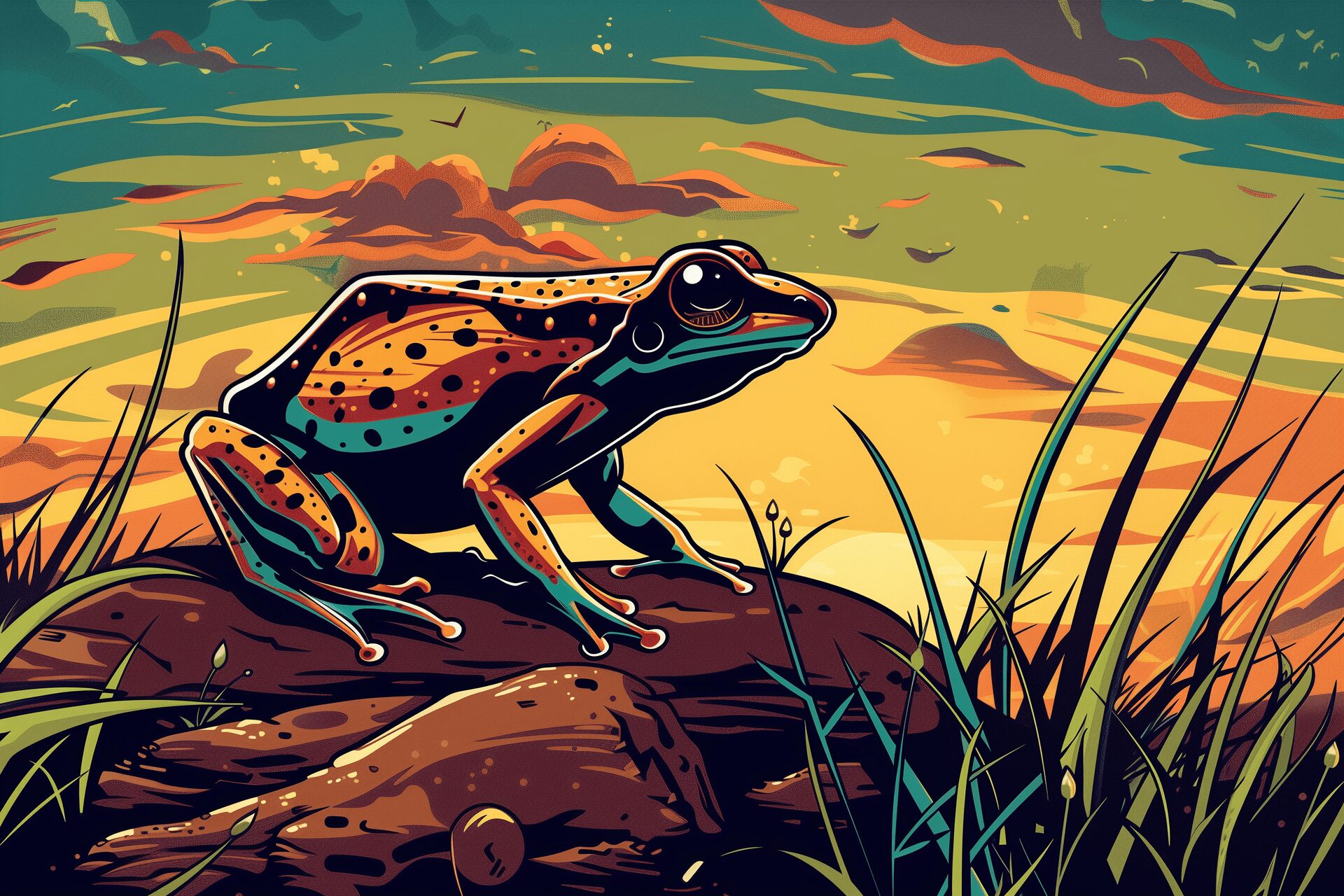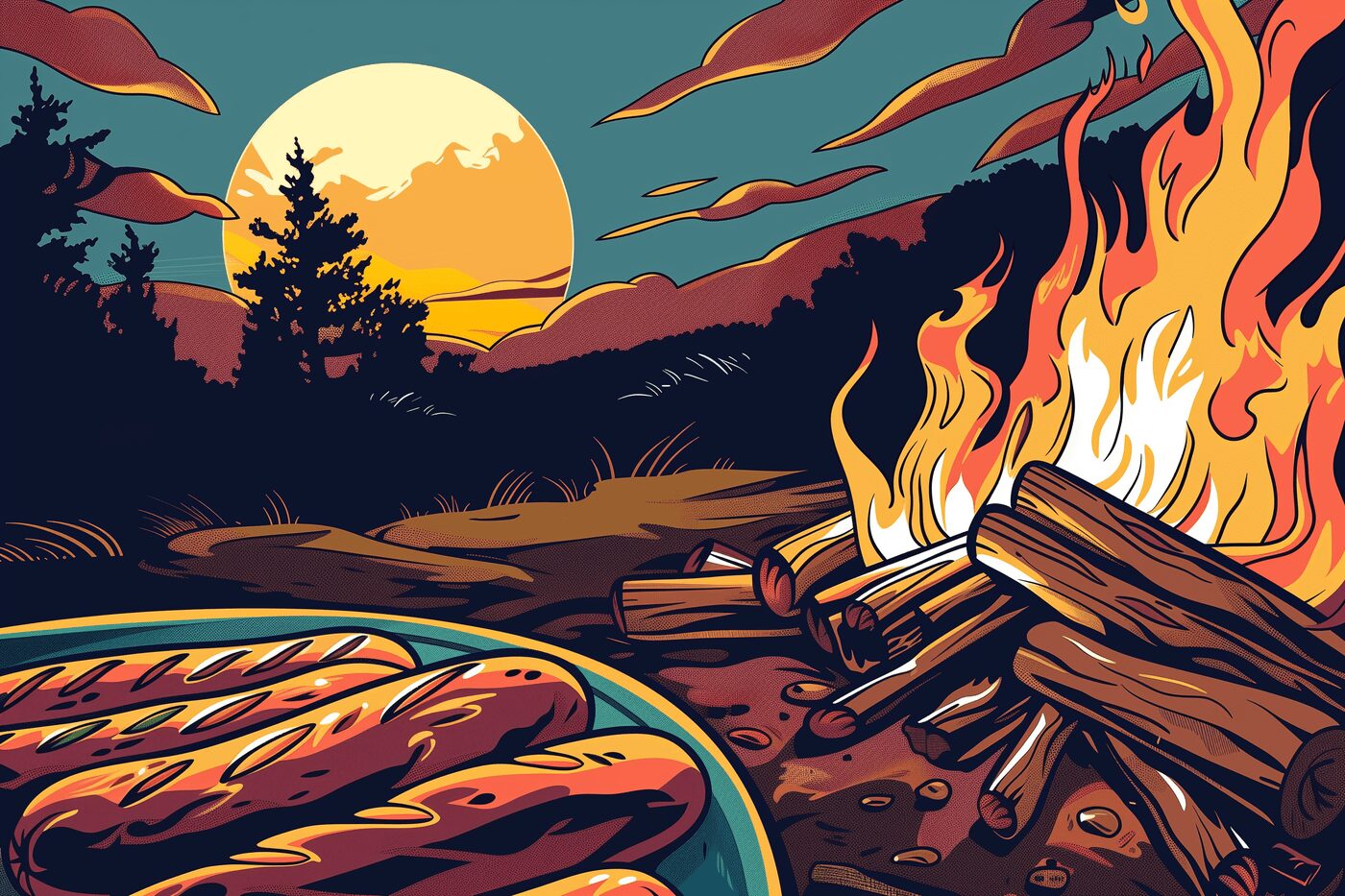8 Plants You Can Eat in the Wild (And 2 You’ll Regret)
May 09, 2020

As an Amazon Associate, Modded gets commissions for purchases made through links in this post.
Whether you plan to live off the land during a zombie apocalypse or simply want to brush up on your survival skills, it’s crucial you know which plants are friend and which are foe. Luckily, there are a number of plants that are edible and even nutritious if you ever find yourself lost in the wilderness. However, you should still keep an eye out for their poisonous cousins. Here are eight plants you can eat in the wild – and two you’ll regret.
1. Cattail
These plants look like giant hot dogs, and they’re just as edible. Cut off the lower parts of the leaves for a lovely addition to a wild plant salad and you can eat the young stems raw or boiled. The cattail flowers produce pollen in mid-summer, which you can use in a variety of ways. Use it to thicken soups or mix it with flour to add all-natural nutrients to bread, pancakes and more.
2. Dandelion
While most homeowners consider the dandelion a pesky weed, it can actually make a tasty addition to your next garden salad. Since they’re packed with vitamins and minerals, the roots, leaves, stems and flowers are all fair game.
Look for bright yellow flowers and avoid the wispy white ones, as these are dead or dying and won’t taste as good. And be sure to look for them in the wild rather than someone’s front lawn, as they may be covered with herbicides or weed killers.
3. Prickly Pear Cactus
The prickly pear cactus may not look like the most edible plant, but it’s actually very delicious and nutritious. And the plant may help you survive if you’re ever stranded in the desert wilderness. Before eating the plant, remove the pokey spines from the outer skin. Then, slice up the cactus as well as the fruit, if you were lucky enough to find any, and dig into the juicy flesh.
4. Field Pennycress
Found in most parts of the world, field pennycress is incredibly common, which makes it the perfect companion in almost any survival situation. This weed soaks up minerals from whatever soil it’s growing in, so it can be incredibly nutritious if you find it in the wild. However, refrain from eating this plant if you find it in contaminated soil, like dirt by the side of a road, as it may contain harmful contaminants.
5. Fireweed
This plant may sound downright dangerous to touch, much less eat. But fireweed is actually a delicious source of vitamins A and C. You’ll recognize this plant by its purple flower and circular veins. The leaves are most tender when the plant is young. Add flower buds to salads, eat young leaves like spinach or lightly cook early shoots for the best flavor.
6. Clover
This tiny, green plant grows practically anywhere there’s grass, and they often have white or red flowers. The leaves have three leaflets but the lucky clovers have four. So, if you happen upon a four-leafed clover, you might consider saving it for good luck instead of eating it. While you can eat the whole clover plant, doing so may result in a very bitter flavor. So, it’s best to cook the plant before eating it.
7. Plantain
Not to be confused with banana-like plantains (genus Musa), this weed (genus Plantago) grows just about anywhere and it tastes best after you cook it. Pick the leaves and discard the rest. And try to find younger plants, too, which provide the most tender leaves to munch on.
The seeds within the offshoots are also edible if you have the patience to pick them and shake them out. Add garlic and butter to the pan when cooking plantain for a tasty side dish.
8. Amaranth
Like dandelions, many homeowners view amaranth as simply another weed instead of recognizing these are plants you can eat in the wild. These brightly-colored plants are definitely edible!
In India, people even cultivate amaranth for its grain-like seeds and leaves. Cook the leaves for a nutritious dose of folic acid, minerals, protein and other vitamins. You can even use the stems, flowers and leaves to make pesto or a bruschetta topping! Keep in mind you can also eat the plant raw in a survival situation.
Don’t Eat These
1. Pokeweed
While the pokeweed’s berries may remind you of blueberries, they are not edible! This is one plant you don’t want to mess with. If you pluck the fruit and eat it raw, you risk vomiting, convulsions and even respiratory paralysis. Ingesting just 10 berries is enough to poison an adult. And simply touching the plant can cause toxic chemicals to pass through your skin and into your bloodstream.
2. English Yew
One of the most poisonous trees in the world, the English Yew sports red berries whose seeds are incredibly deadly. Just three berries are enough to poison a human. And, quite often, you won’t even notice any symptoms before the plant takes your life. So, if you notice a needled tree with bright red berries, steer clear and look for sustenance somewhere else!
Feeling better prepared to spot edible and not-so-edible plants out there in the wild? This list of plants you can eat in the wild is just the beginning, so make sure you thoroughly research and identify anything you find while foraging before you eat it.





